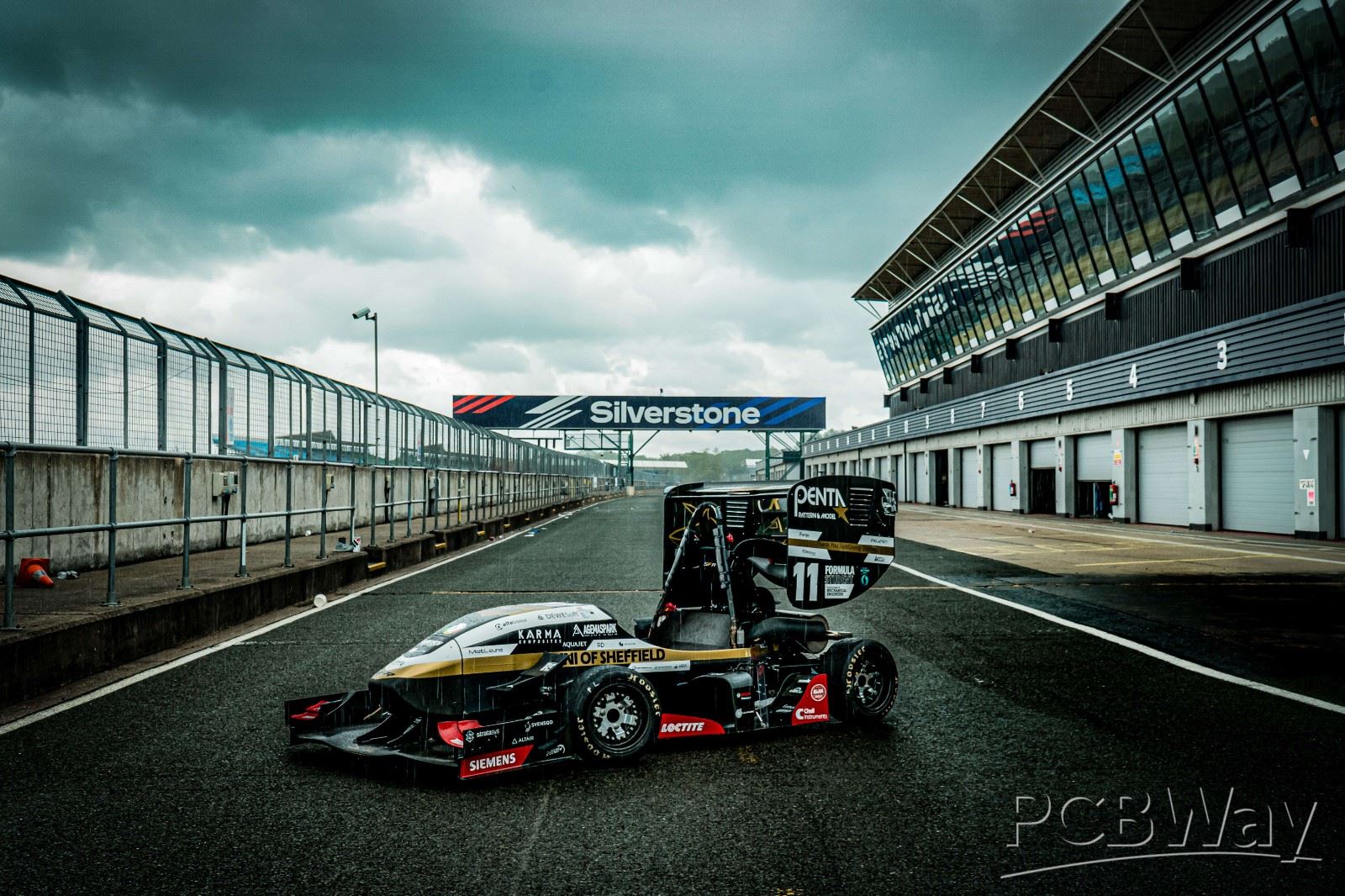Sheffield Formula Racing
Sheffield Formula Racing (SFR) is a student-lead team from the University of Sheffield. We design and manufacture a car every year to compete in the Formula Student UK (FSUK) competition which is held at Silverstone every summer. At the last competition we became the champions of the Formula Student UK. The competition was founded by IMechE in 1998 where students from across the globe compete in a series of static and dynamic events to become overall champions. This competition aims to develop "enterprising and innovative young engineers and encourage more people to take up a career in engineering". There are many other international Formula Student competitions which the team are also hoping to attend in the future.

Our website and social media can be found here:
http://www.sheffieldformularacing.co.uk/
Instagram: @sheff_racing
Facebook: Sheffield Formula Racing
More about the team can be found in our newsletter on our website.
The R&D (Research and Development) and electronics sub-teams have been working hard on refining the electronics so that they are as compact and reliable as possible. This is more easily achieved by manufacturing the circuits using custom printed circuit boards.
In particular, R&D sub-team have been designing and developing a system to measure the force from the aero package that has been designed for the car so that the theoretical design principles for it can be validated. The system uses strain gauges which will measure the strain on the supporting structure for the wheels. This will need to be modified to accommodate strain gauges. The current design for this can be seen below:

The system uses a Wheatstone bridge where the strain gauges are connected within a bridge of resistors allowing a differential amplifier to amplify the difference in voltage between the strain gauge being stretched and a dummy strain gauge connected on opposite sides of the bridge. With the use of filters and other amplification circuits we are able to receive a 0-5V signal which can be measured using an ADC (Analog to digital converter). We have chosen a 16 bit ADC so that we have a much higher measuring resolution. This is then sent to an Arduino which is able to store the values allowing us to plot the change in downforce on the wing package on the car. With the use of an accelerometer, we are then also able to compare the measured force (or read value from the ADC) to the speed and acceleration of the car.
We have been using a program called LT Spice to digitally model the circuit using its predicted response to be able to develop the schematic as efficiently as possible without wasting resources. This has also allowed us to verify that we have constructed the circuit correctly as when an oscilloscope is used, the response should be similar to that of the program which is calculated mathematically and plotted within the program to show the voltages with respect to time.

We have been working on developing the circuit from a breadboard to a development board which should allow us to reduce circuit noise and increase the reliability of the circuit. These two aspects are crucial because the difference in voltage before it is amplified is very small ( <10 mV). We would like the circuit to be transferred to a circuit board as many components will be needed because 4 strain gauge setups will be required on the car.


- Comments(0)
- Likes(0)

















